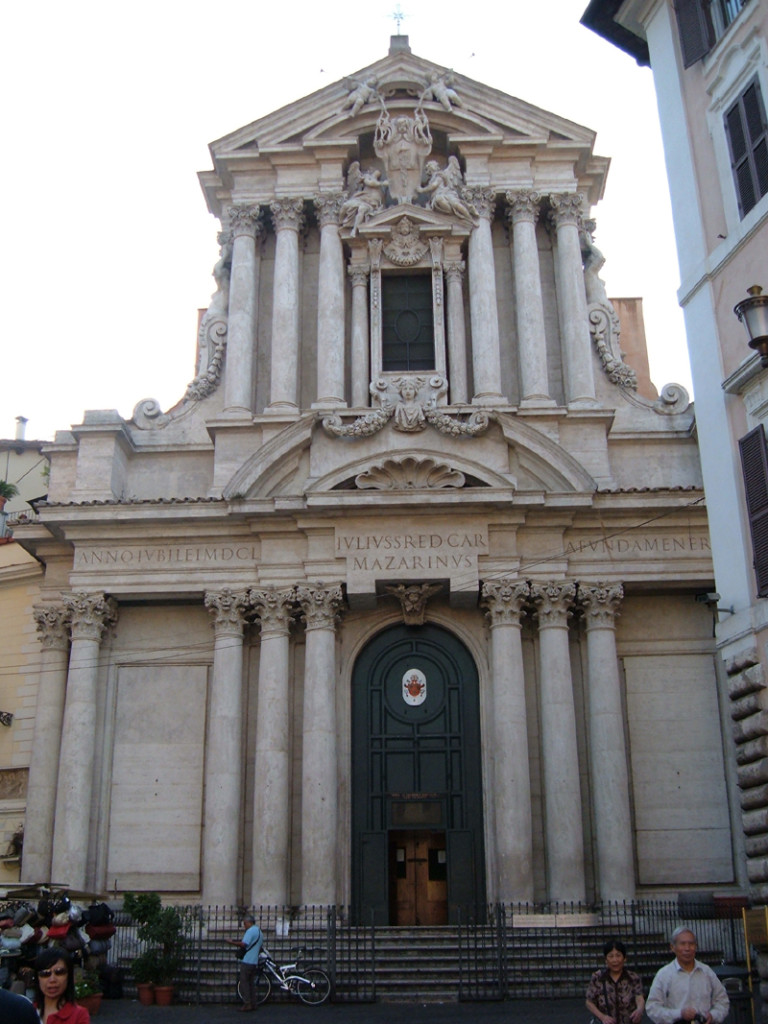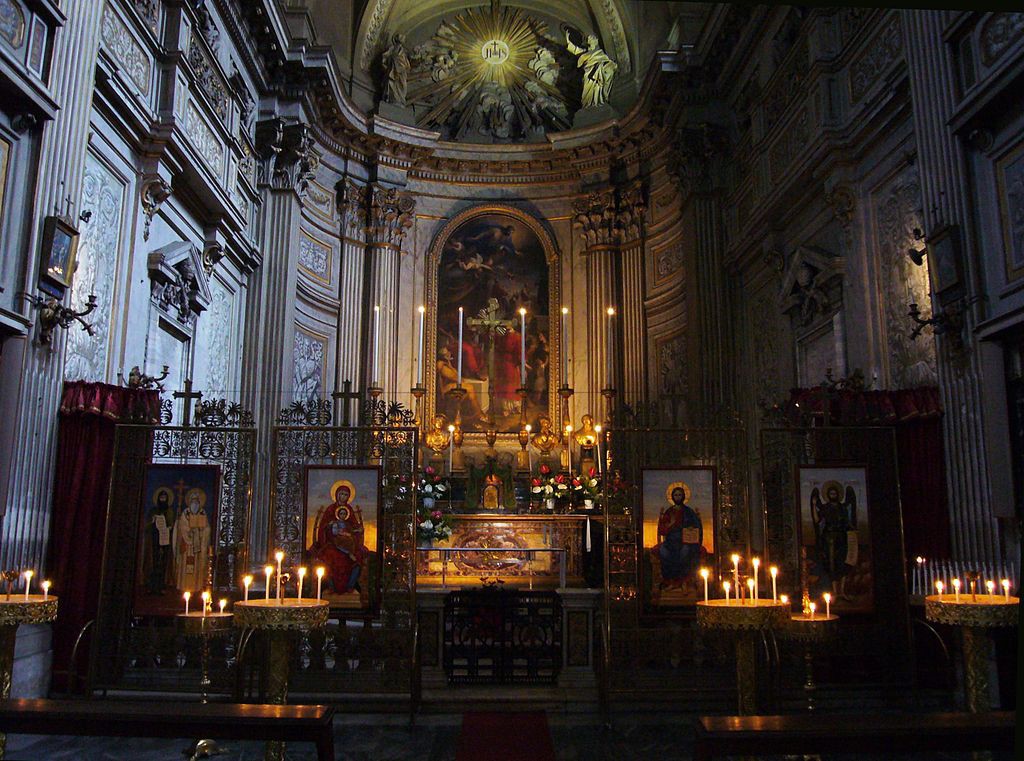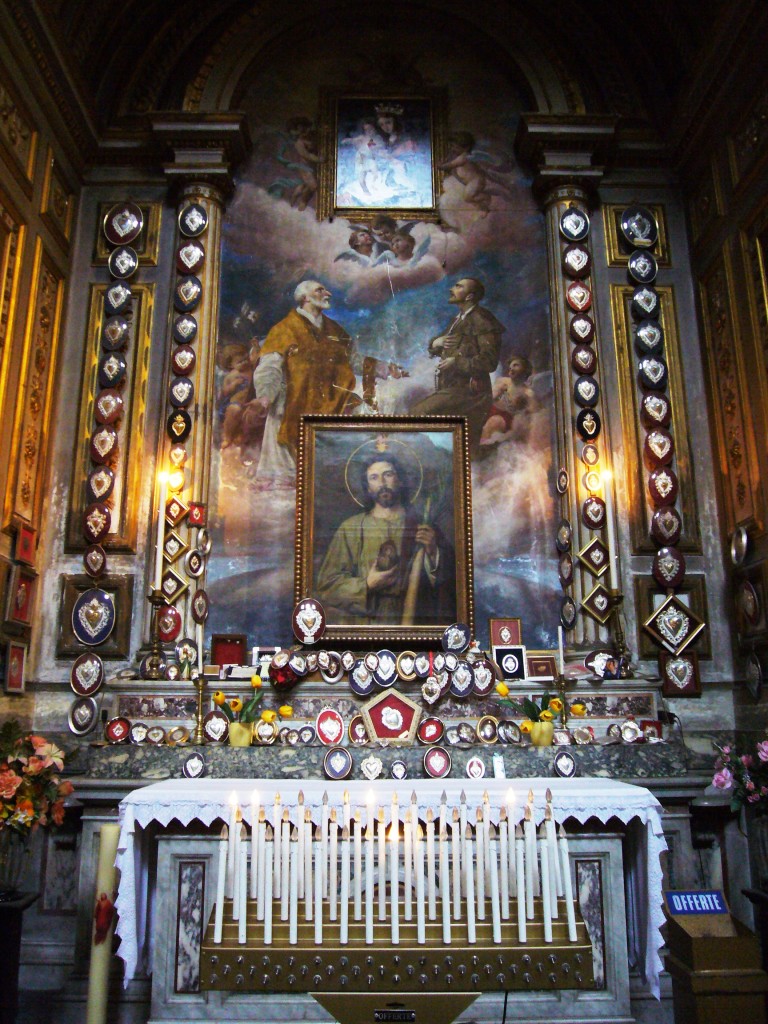The Catholic Church’s practice of preserving relics from saintly Christians after they die has a long history, dating back to at least the 2nd century, if not earlier.
But did you know there used to be a centuries-long tradition of preserving papal hearts? Not their metaphorical hearts, their actual hearts.
Step inside the Church of Santi Vincenzo e Anastasio a Trevi in Rome and inside you’ll find the embalmed hearts of 25 popes, from Pope Sixtus V (who reigned 1585-1590) to Pope Leo XIII (1878-1903).
Unfortunately, even though they make for interesting relics, none of the popes during that time are canonized as full saints (though a handful are blessed or venerable).
How did the hearts end up there? Apparently, during the 16th-19th centuries, it was customary to remove the heart and surrounding tissue from the deceased person to help prevent decay in the body while funeral arrangements were made. Rather than throw the hearts away or bury them with the person, people decided to embalm the papal hearts and store them in this church, and a custom developed. For centuries until the 1820s, just a few decades before the practice ended, the church had the nickname, “the Pontifical Parish.” It’s not clear why the practice stopped in the early 20th century.
There is also a large collection of ex voto, or offerings, mostly metal ornaments depicting the Sacred Heart of Jesus. These have been left over the years by Catholics in thanks for answered prayers.
Though Pope Saint John Paul II gifted use of the church to the Bulgarian Orthodox Church in 2002, the papal hearts remain there to this day.
Here is what the church looks like on the outside:

And here is what the inside looks like:

Apparently the names of the popes whose hearts are preserved in the church are listed to the left of the altar. (I’m not sure where the embalmed hearts themselves are kept. If someone has visited the church and knows, feel free to tell us in the comments!)
And here is a collection of ex voto:


